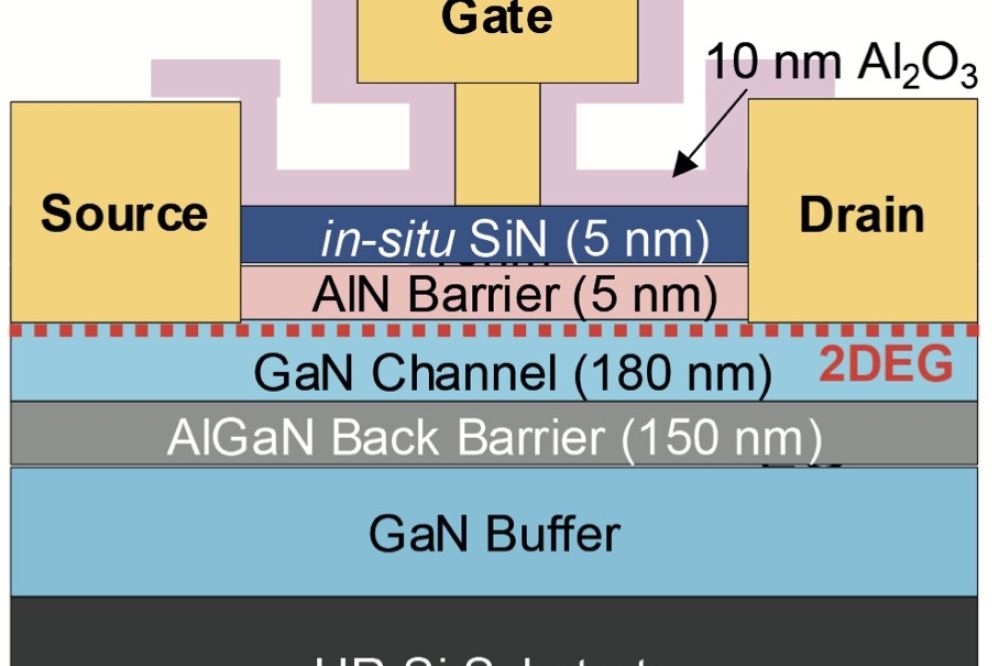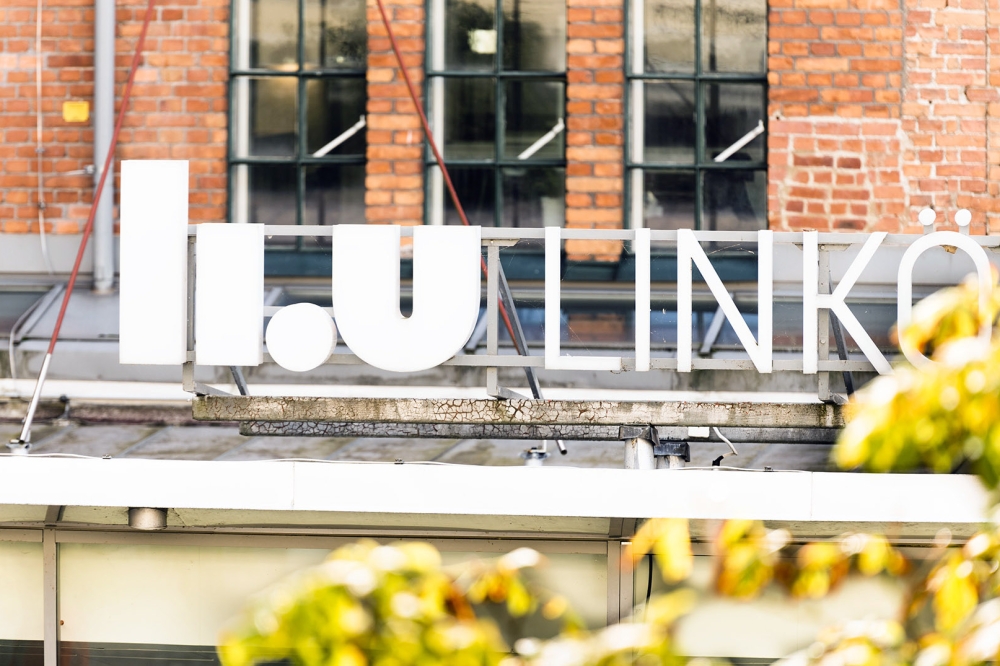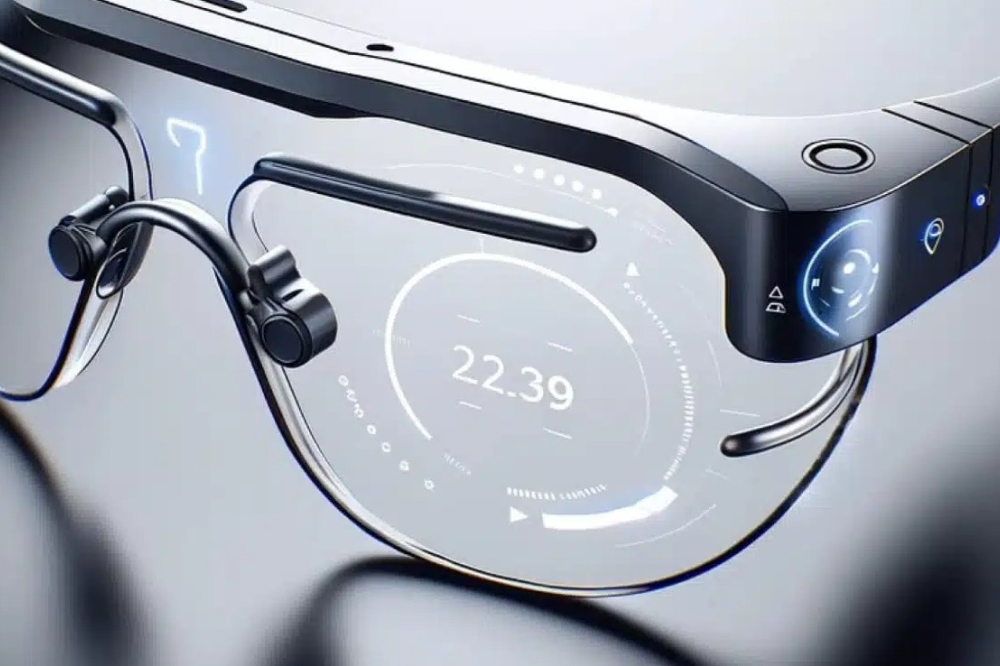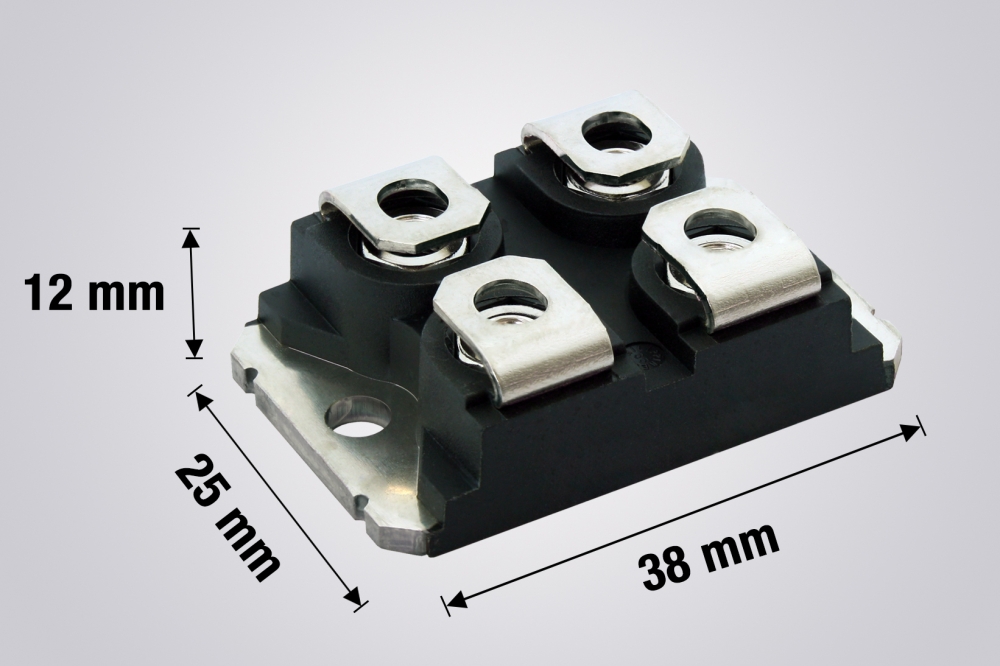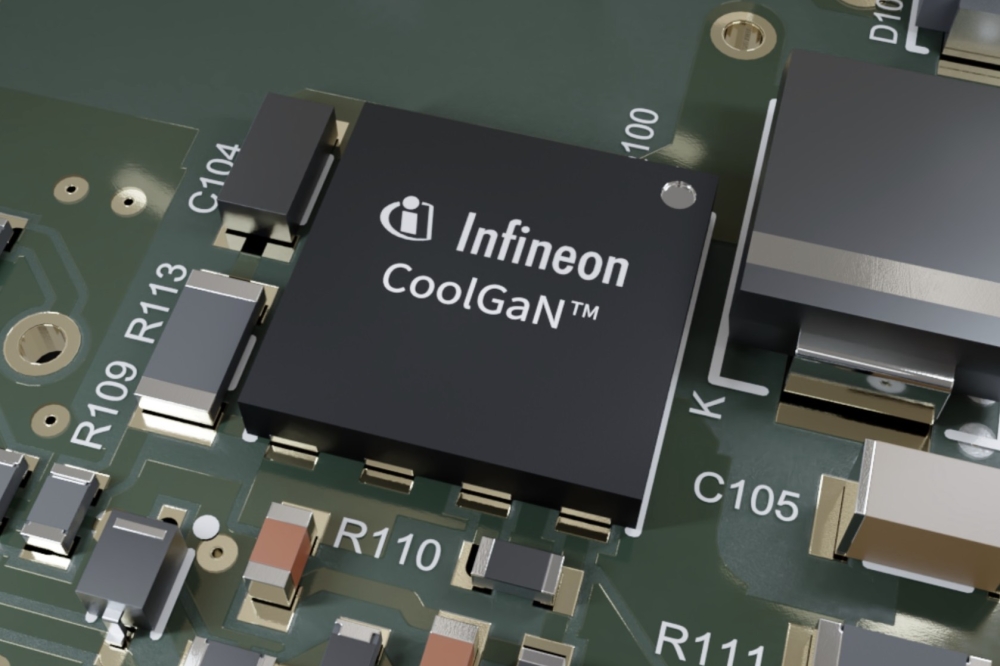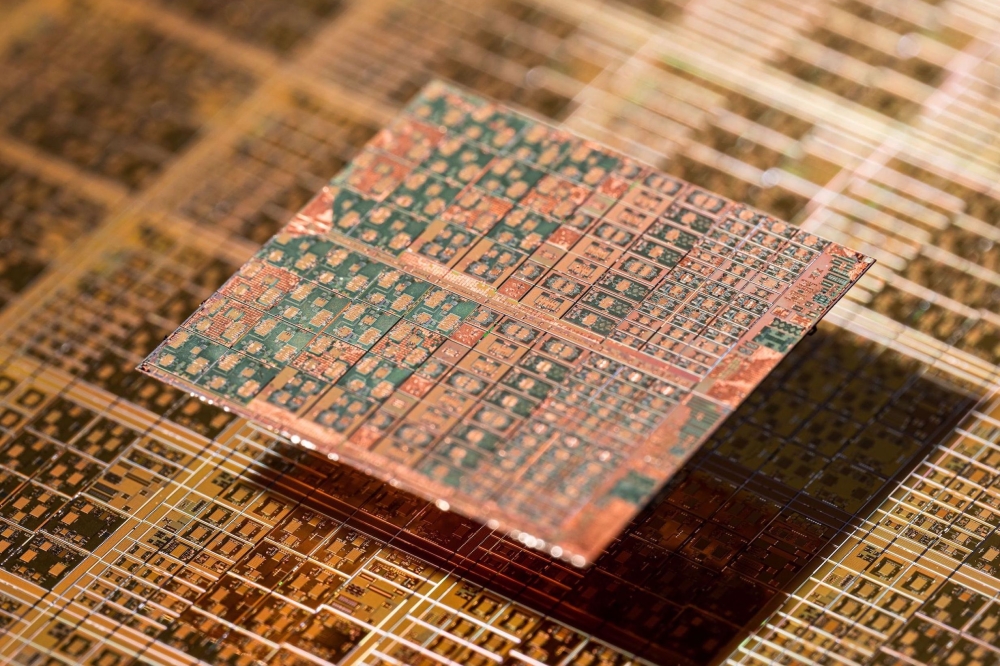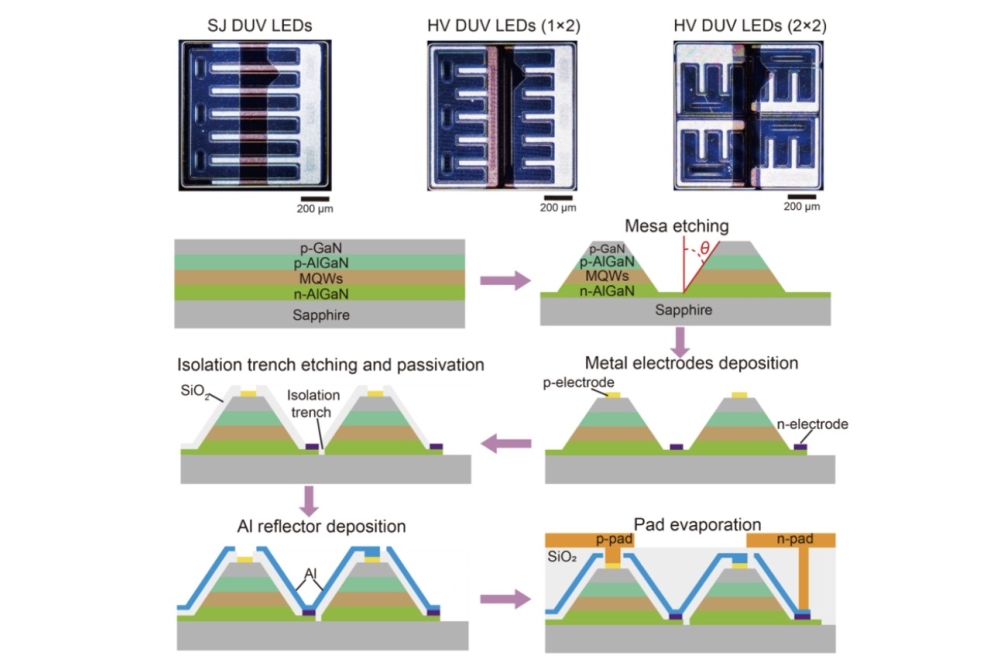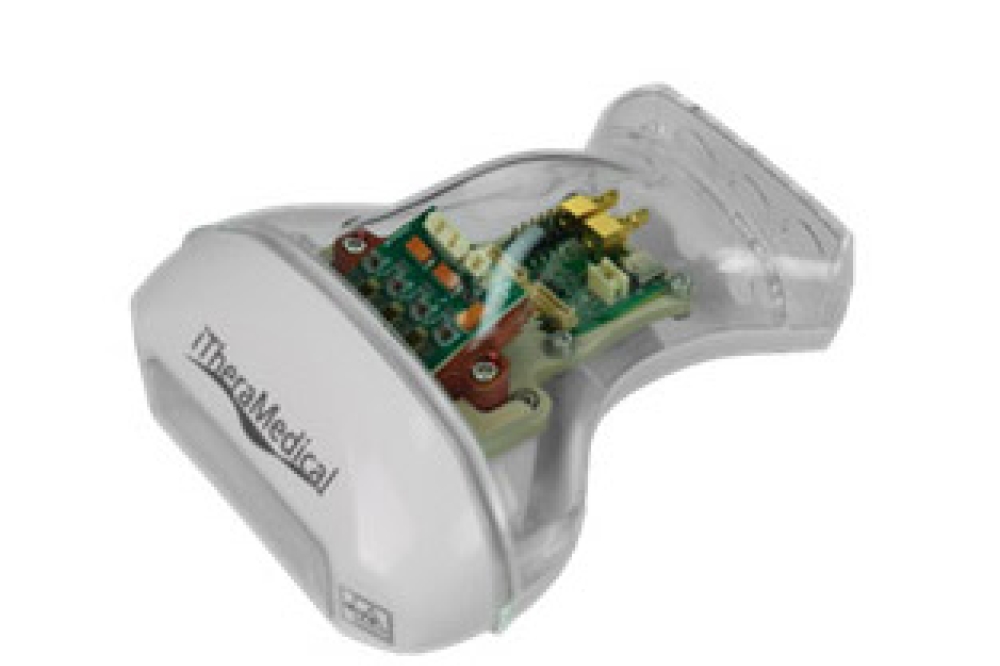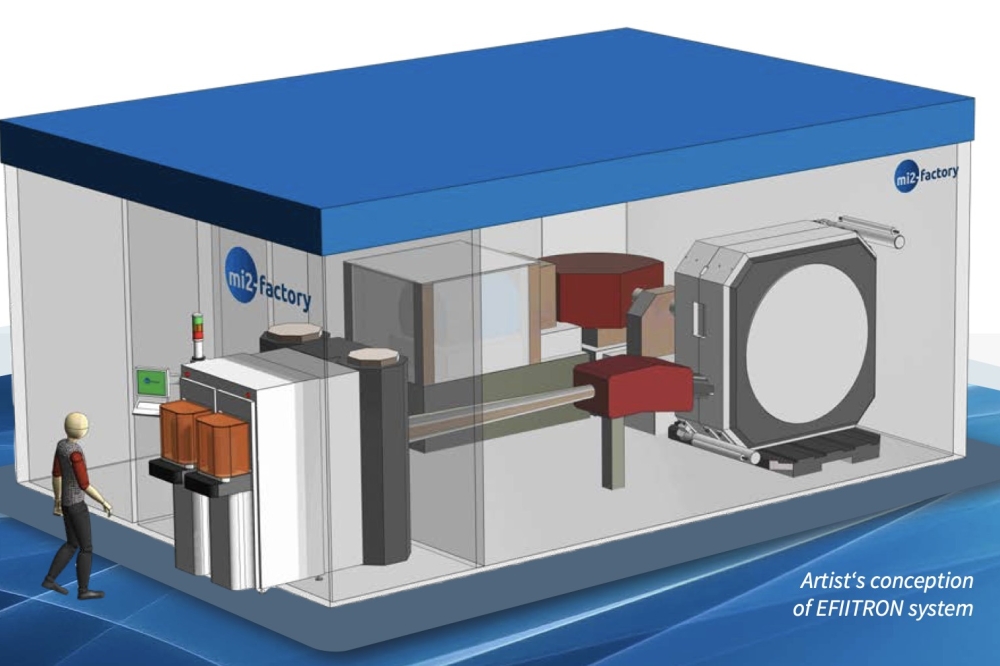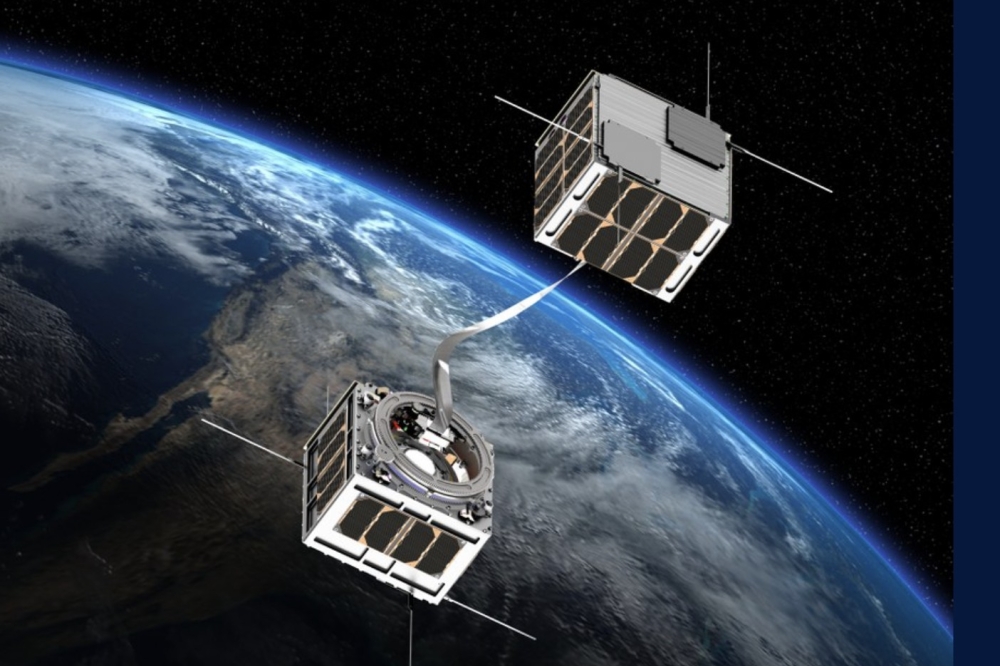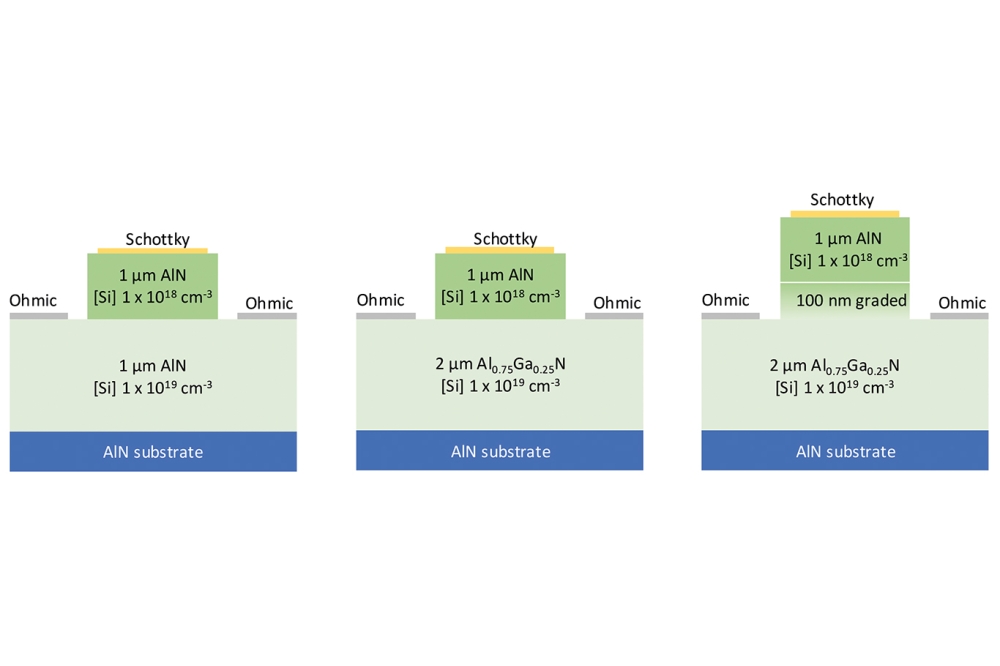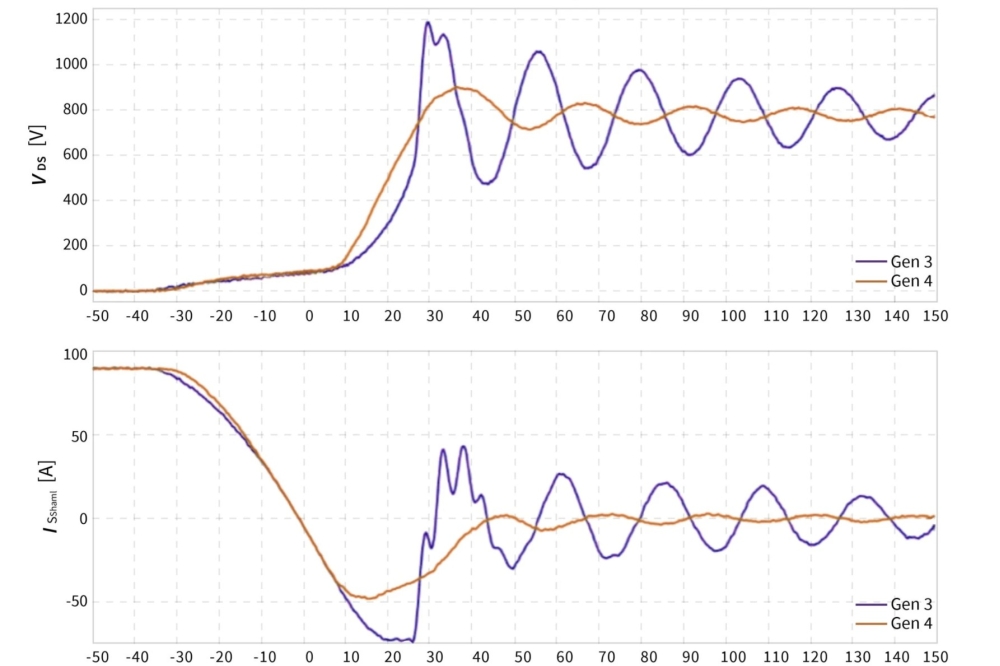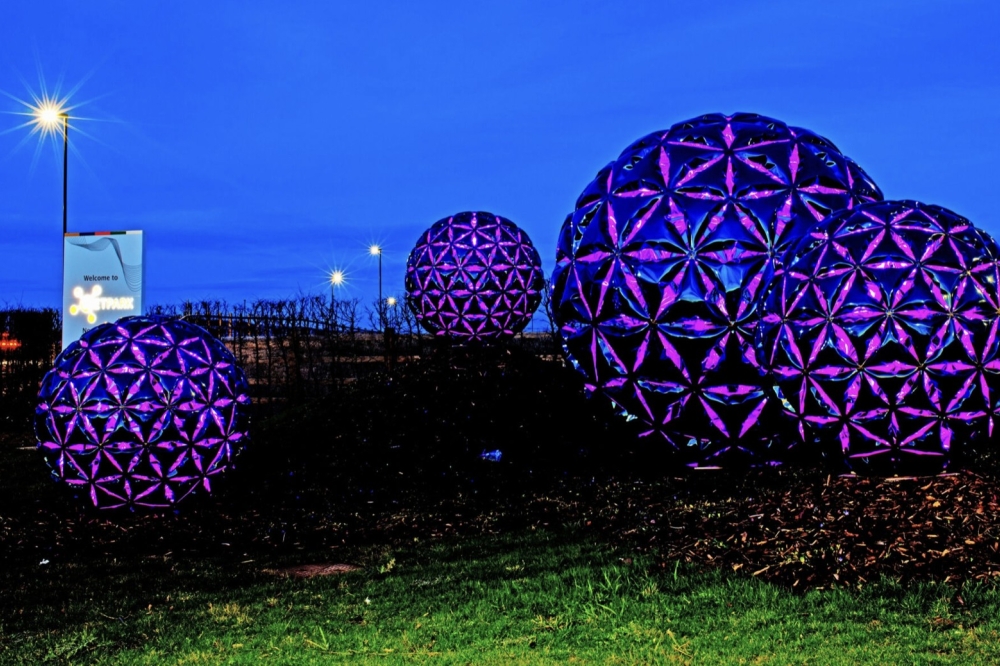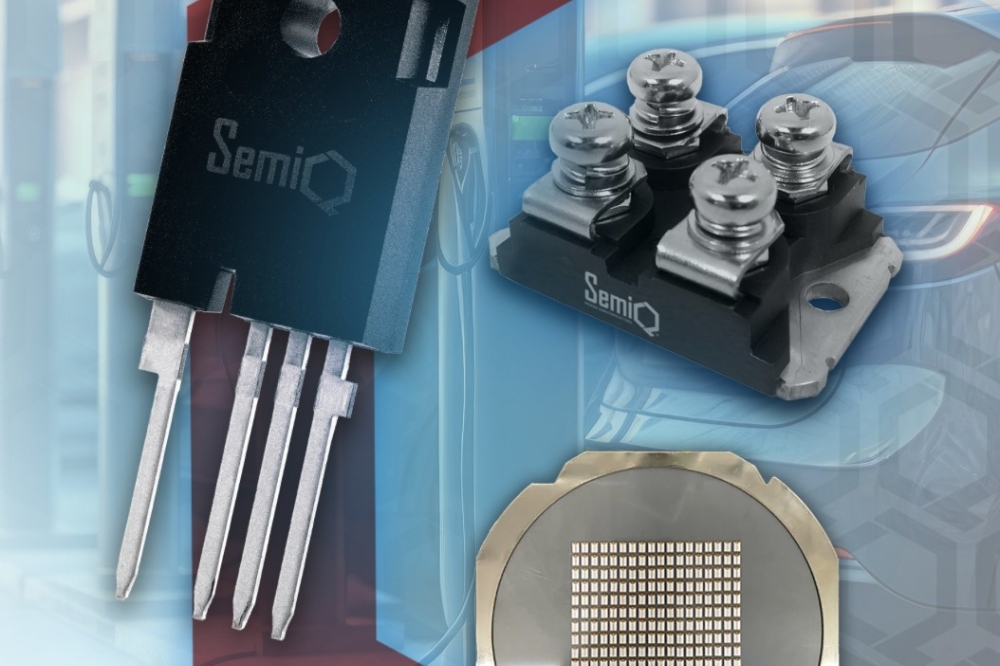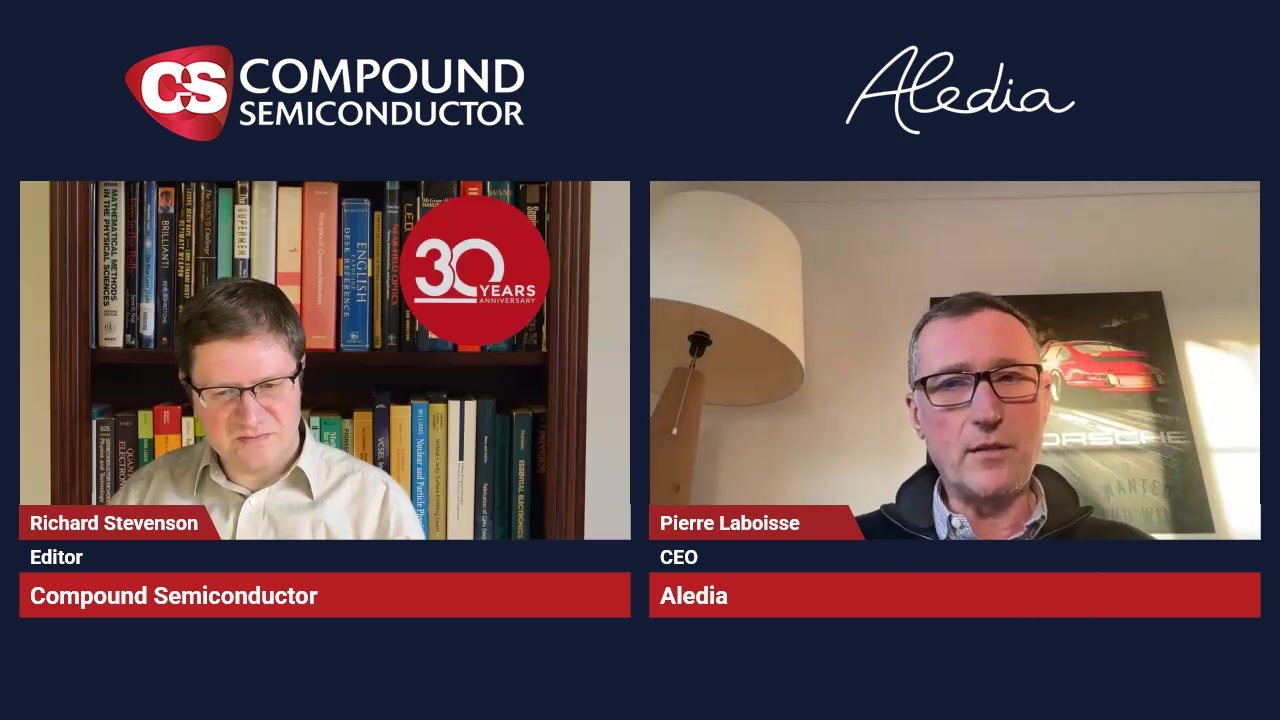BELIVE project working on new optical components

Consortium, coordinated by Osram Opto Semiconductors, is researching ways to reduce the profile of LED chips to develop more compact and powerful head-up projection displays, ultra-thin camera flashes and selective direct display backlighting
Together with the Fraunhofer Institute for Applied Optics and Precision Engineering, TEMICON and Continental, Osram Opto Semiconductors has been working since October 2017 on the development of compact and low-profile optical components for data visualisation or illumination.
The purpose of the IBELIVE project, which is being funded by the German Federal Ministry for Education and Research (BMBF), is to deliver universal processes for space-critical applications. The project partners directly address a number of different markets, including compact and powerful head-up projection displays, ultra-thin camera flashes and selective direct display backlighting.
The IBELIVE research project (the acronym is from the German for Innovative Hybrid Diffusers for Low-Profile Lighting Systems with Tailored Light Distribution) is set to run for three years.
The objective is to develop particularly compact multifunctional optical components. The background to this research work is the absence of any significant ways of further reducing the profile of the LED chips currently being used as light sources. In contrast, there is still great potential for miniaturising the optics.
In the course of the project the consortium will investigate flexible design and manufacturing processes for space-critical applications for data visualisation or illumination. The planned reduction in the thickness of the optical elements and the combinability of various optical functionalities in a microstructure will give designers much greater flexibility in integrating the components in the devices. Another benefit is an improvement in energy efficiency, as a much greater proportion of the generated light can be used for the applications.
The partners bring years of experience to the research project in the fields of optics simulation, microstructuring of surfaces and opto-electronic system integration. The project covers the entire value-added chain from the development of optics and volume production to testing of the new technology in sample applications.
In addition to coordinating the project, Osram Opto Semiconductors is responsible for the system concept and for the design of two application-based demonstrators and is also researching installation and testing concepts.
Continental is designing and developing two compact head-up displays with different projection light sources. The hybrid diffusers to be developed for this purpose play a central role in creating images and making efficient use of light in the head-up displays. Research here will focus on image quality as perceived by the driver.
The Fraunhofer Institute for Applied Optics and Precision Engineering is developing methods and algorithms for designing hybrid diffuser optics, as well as technologies for generating deterministic surface structures.
The tasks assigned to TEMICON include using interference lithography to overlay nano-scale structures and developing injection stamping and molding technologies for replicating thin two-sided hybrid diffuser optics as series products.
"The IBELIVE research project brings together a powerful consortium with many years of experience in photonic materials and the necessary know-how. Our findings will strengthen Germany as an industrial force and provide further evidence of our powers of innovation", said Ulrich Streppel, Key Expert Modelling at Osram Opto Semiconductors.

